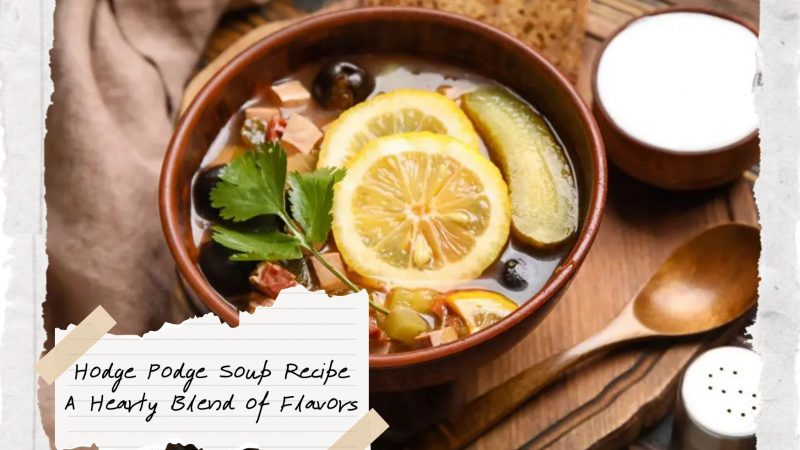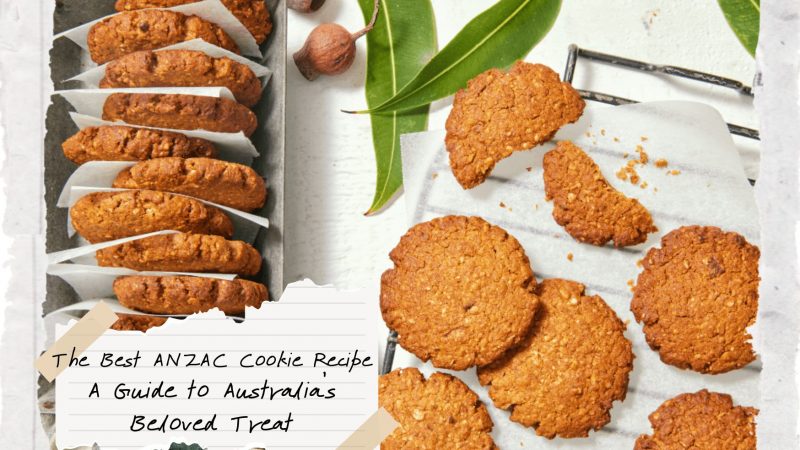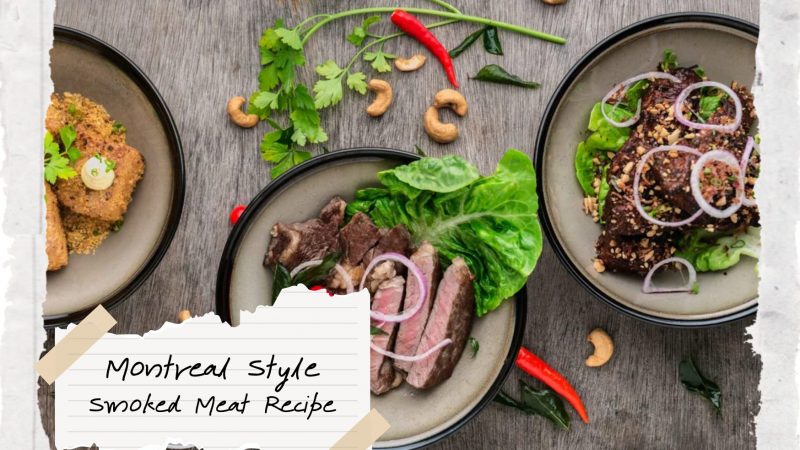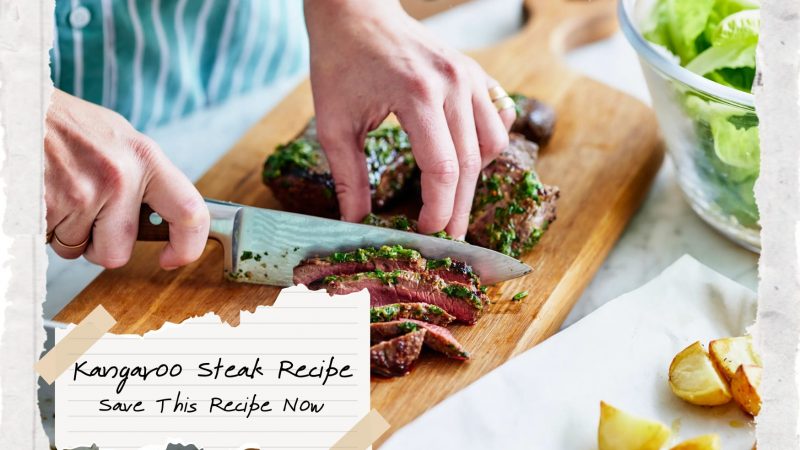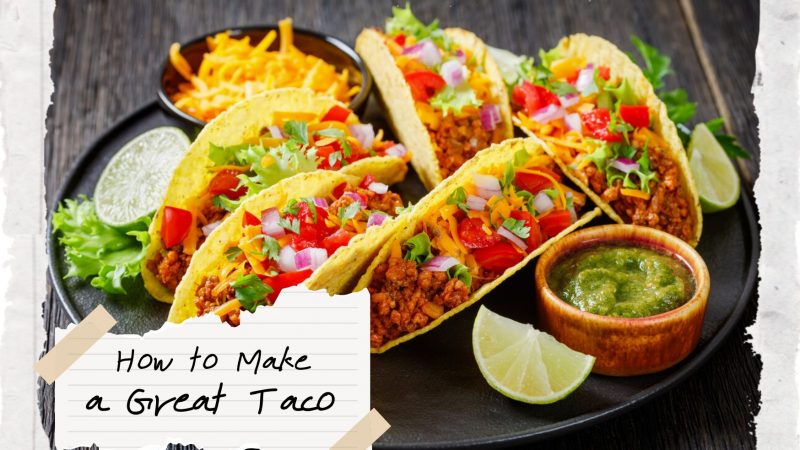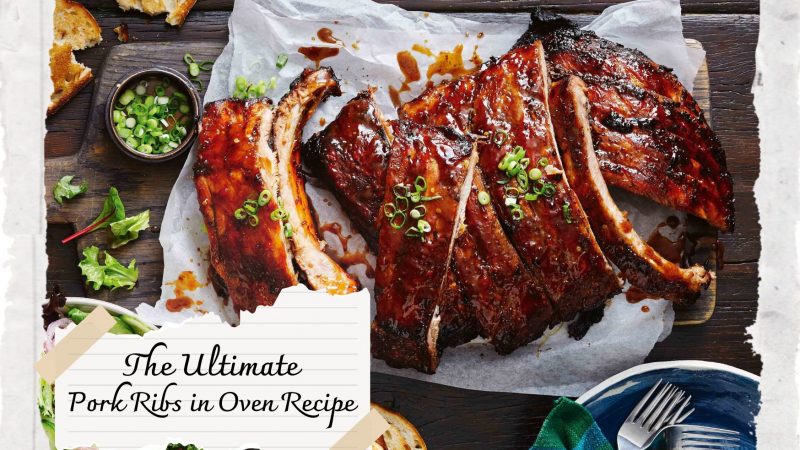Top 20 American Foods Banned In Europe
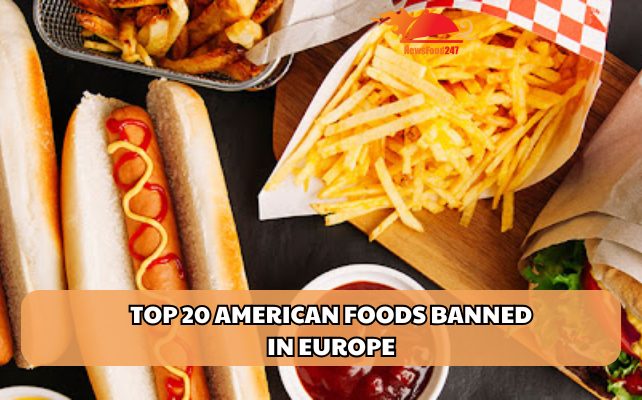
In a country where most packaged foods contain unrecognizable ingredients and use labeling strategies that can mislead shoppers, it can be challenging to grasp what is in our snacks and meals. Clearly, other nations understand that some ingredients should not be included in food and beverages.
Manufacturers commonly use preservatives and additives to prolong the shelf life of their products. While this practice appears to benefit consumers by making food more affordable and reducing waste, many of these preservatives have been linked to harmful health effects.
The disparity between the United States and other countries becomes evident regarding these preservatives. This is why several American food items are prohibited in other countries, even though they receive approval as safe from the US Food and Drug Administration (FDA) and the US Department of Agriculture (USDA). Join Newsfood247 here are the top 20 American foods banned in europe.
Instant Stuffing and Mashed Potatoes
Preparing stuffing with Kraft Stove Top Stuffing only takes five minutes. However, this well-known mix includes preservatives such as BHA (butylated hydroxyanisole) and BHT (butylated hydroxytoluene), which have raised alarms due to concerns about their possible cancer-causing effects and their ability to interfere with blood clotting. The same issue applies to instant mashed potatoes, which frequently contain BHA to prevent spoilage during storage. As a result, these preservatives have been prohibited in the UK, Japan, and several other European countries.
Skittles – American Foods Banned In Europe
Consuming Skittles can evoke feelings of nostalgia, but it also means you’re ingesting a mix of additives that have been prohibited in several other nations. Skittles contain Yellow 5 and Yellow 6, which are artificial food colorings that have raised concerns due to their possible negative effects. Some studies suggest a potential link between Yellow 5 and increased hyperactivity in children, while research on rats involving Yellow 6 has indicated possible associations with tumors in the testes and adrenal glands. This is why some European countries have completely banned the use of Yellow 5 and Yellow 6.
Twinkies and Little Debbie Swiss Rolls
These well-known American sweets contain Yellow 5 and Red 40. Although these colorants are permitted in the EU, they are required to have warning labels due to their potential to cause negative effects in children. Regrettably, these dyes frequently appear in foods aimed at babies and young kids, yet there are no requirements for warning labels in the U.S. Some countries, such as Austria, Finland, and Norway, have even prohibited Twinkies entirely.
Pillsbury Biscuits
With Pillsbury Doughboys biscuits, you can savor freshly baked treats in just a few minutes. However, it’s crucial to be aware that these products include partially hydrogenated soybean oil, a type of trans fat associated with heart disease. Besides pre-made dough, partially hydrogenated soybean oil is also present in various items such as baked goods, coffee creamers, margarine, microwave popcorn, potato chips, and packaged snacks, among others.
Bread with Potassium Bromate
Potassium bromate is added to bread dough to improve its structure, resulting in a greater rise, reduced baking time, and a bright white appearance in the finished loaves. However, this chemical is linked to negative health impacts, such as cancer, nervous system damage, and kidney harm. Although potassium bromate has been prohibited in several countries, including the UK, Canada, and Peru, it is still commonly found in many types of American bread products, such as bagel chips, rolls, and breadcrumbs.
High Fructose Corn Syrup
This sweetening agent, made from a combination of pure fructose and sugar, has been linked to various health issues such as obesity and type 2 diabetes. It is present in a diverse range of products, including drinks, cereals, and ice cream. Although no nation has completely banned this sweetener, some actions have been taken in the UK and several European countries, which include product restrictions and quota limitations.
American Pork
In the United States, pork cuts are generally much larger compared to those in other regions of the world. This is due to the use of growth hormones in American pork production. One specific growth hormone, ractopamine, commonly used in pig farming, has been prohibited in many countries. While research on the potential health impacts of consuming ractopamine is somewhat limited, some studies have identified a link between this hormone and an increase in heart rate. Notably, the US remains one of the few countries that still allow the use of this hormone in agriculture.
Chlorinated Chicken
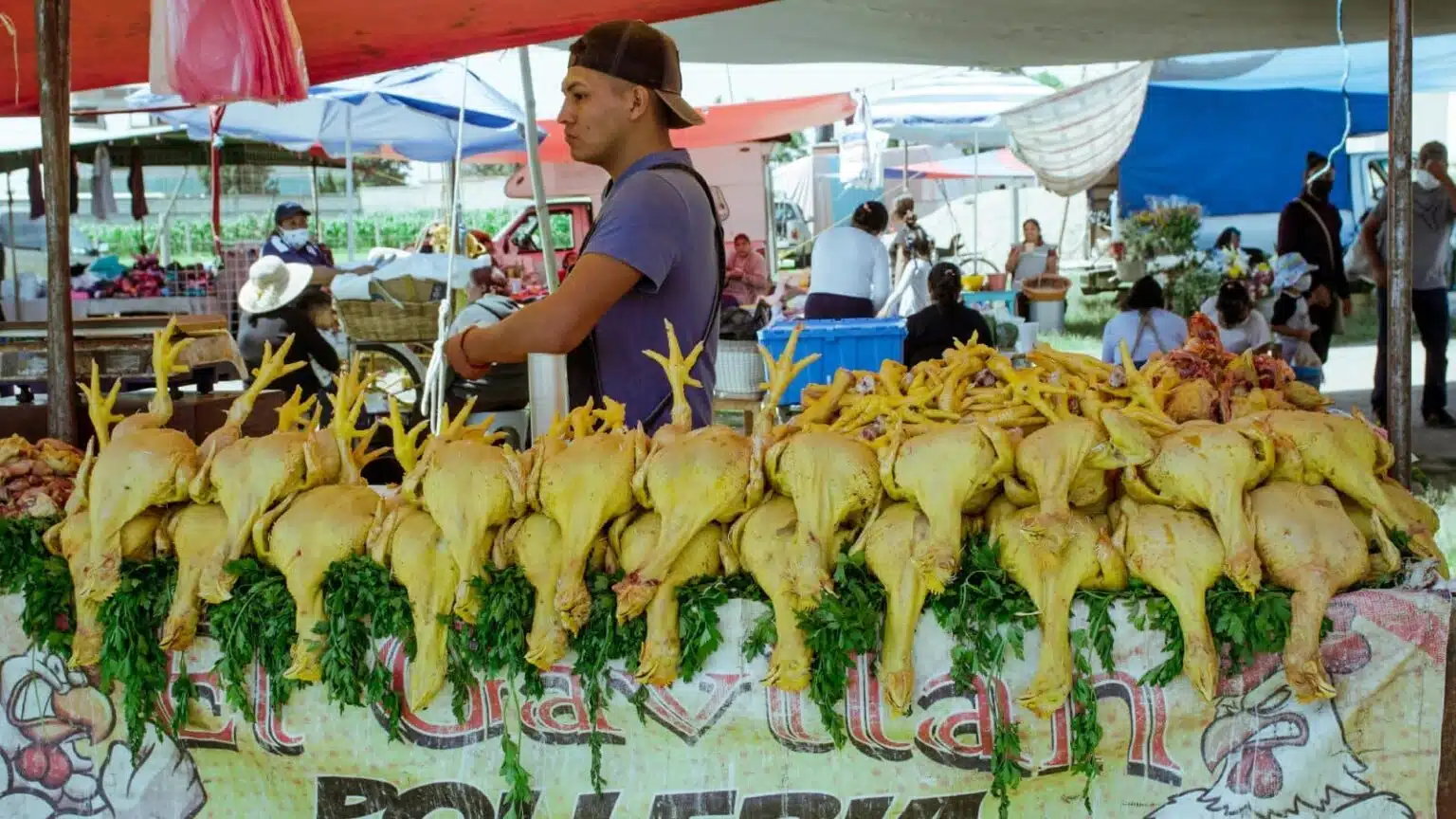
In the United States, the use of chlorine to wash chicken is implemented to reduce the risk of foodborne diseases, especially Salmonella. This method is not limited to chicken; chlorine is also utilized for washing fruits and vegetables, canned goods, various meats, and numerous baked products. However, this practice is banned in the UK and the EU because of worries regarding its link to unsanitary farming practices.
Hormone-Boosted Beef
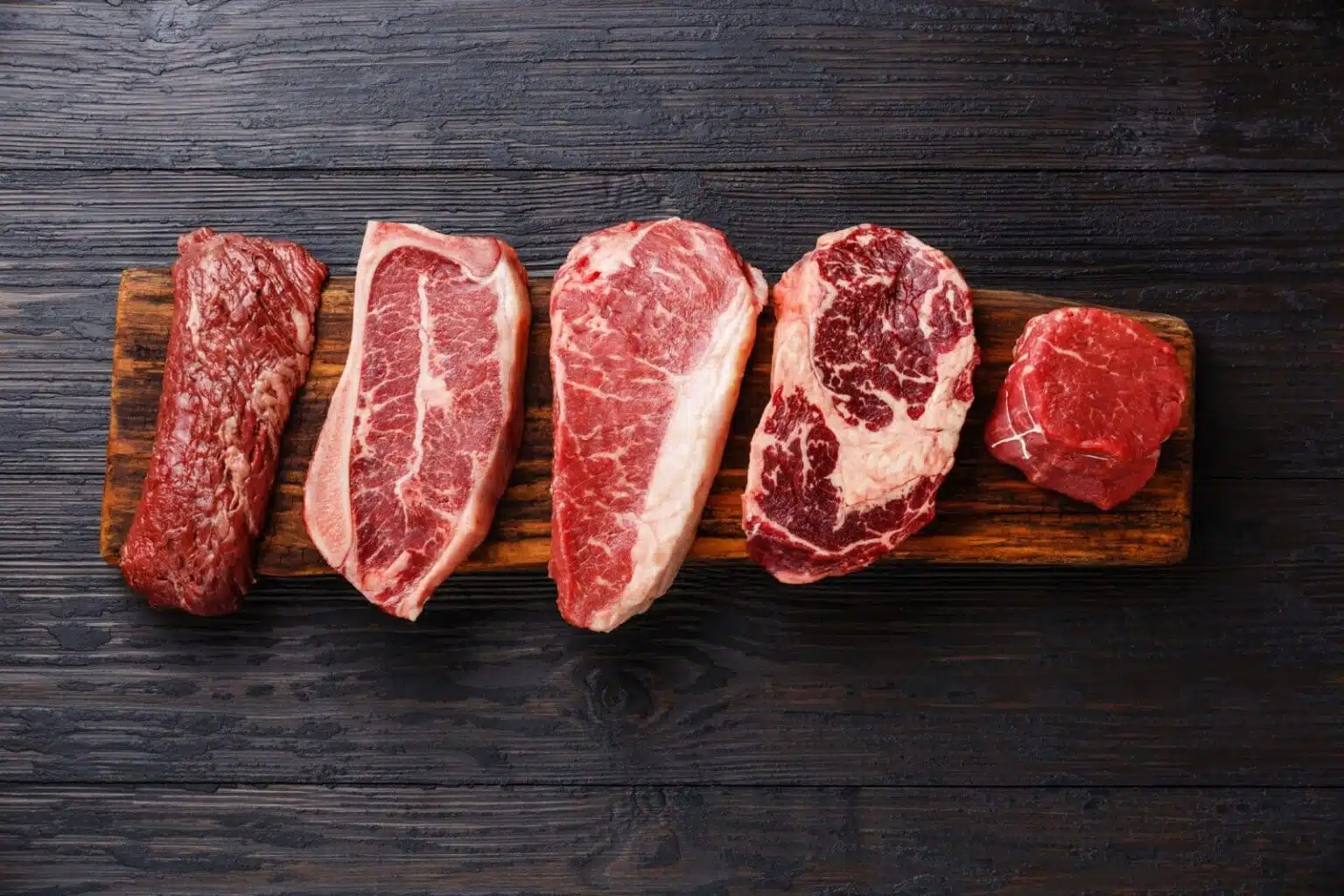
Have you ever thought about how American cows grow so large in such a short time? It’s due to hormones, my friend! While Europe prohibits these enhanced cattle due to health worries, we in the U.S. enjoy our steak in larger portions. A bit of growth hormone hasn’t harmed anyone… at least, not that you’re aware of.
Genetically Modified Organisms (GMOs)
While Europeans may be hesitant about genetically modified crops, we fully embrace scientific advancements! Our corn is altered, our soy is improved, and our luggage is packed with these innovations. Are you ready to experience the future of farming?
Brominated Vegetable Oil (BVO)
Have you ever thought about a soft drink that also acts as a fire suppressant? BVO is the solution, prohibited in american foods banned in europe but commonly found in numerous American drinks. It’s what adds that unique quality to citrus sodas… and perhaps even more.
Artificial Dyes
Red 40, Yellow #5, and Blue #1 may seem like questionable lottery winners, but they are the reason American candies have such bright colors. While Europe prefers natural hues, we Americans enjoy our treats being visible from outer space. Curious about experiencing a rainbow that nature never designed?
Ractopamine in Pork
Pigs that are given ractopamine grow more quickly and have less fat, which is not accepted by European regulations. In this context, efficiency is paramount. Why let nature take its course when you can speed up growth and outpace the competition to reach the market first?
High Fructose Corn Syrup
Why opt for sugar when you can enjoy something so sweet it feels like it’s from a sci-fi story? While Europe may eliminate it for health concerns, in America, it’s found in everything from bread to soft drinks. It’s the essence of sweetness, condensed!
Azodicarbonamide in Bread
Ah, the enchanting component found in your yoga mat and… your bread! While Europe may prohibit this dough enhancer, we embrace flexibility both in our workouts and our sandwiches. Who wouldn’t appreciate a touch of elasticity with their meal?
Potassium Bromate in Baked Goods
Potassium bromate adds an extra lightness to bread, but it also comes with some controversy as it has been banned in Europe due to its potential carcinogenic properties. However, in the U.S., we prefer our bread to be as bold and airy as our approach to risks. Would you like to try a slice of adventure?
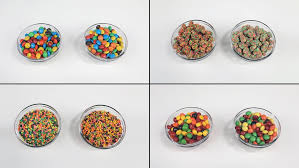
Arsenic in Chicken Feed
A small amount of arsenic can accelerate chicken growth, and who are we to question efficiency? Europe might have objections due to health risks, but we focus on getting straight to the point, quite literally.
Olestra in Fat-Free Snacks
Do you recall Olestra? It was fat-free but had some rather active gastrointestinal effects. While it was prohibited in several regions for seeming too good to be true, in the United States, we embrace the idea of enjoying our treats regardless of the potential repercussions.
Butylated Hydroxyanisole (BHA) and Butylated Hydroxytoluene (BHT)
These preservatives extend the shelf life of your snacks, although Europe may contend that they come with possible health hazards. In our pantry, we value durability. Why rely on natural antioxidants when you can use chemistry?
Farm-Raised Salmon Fed With Synthetic Astaxanthin
European salmon swim freely, feasting on crustaceans, while American salmon rely on synthetic astaxanthin to achieve their pink hue. After all, why wait for nature when you can create beauty through engineering?
And there you have it, friends—20 instances of american foods banned in europe that are so daring and innovative that Europe simply cannot accept them. This collection is filled with flavors that rebel against the mundane, tastes so bold they’ve been rejected by more sophisticated circles. Yet here, we celebrate the adventurous side of cuisine. Are you courageous enough to delve into what’s considered taboo? Or will you choose the conventional path, missing out on the essence of true freedom? The decision, my adventurous diners, is yours.
See more at: News Food 247

